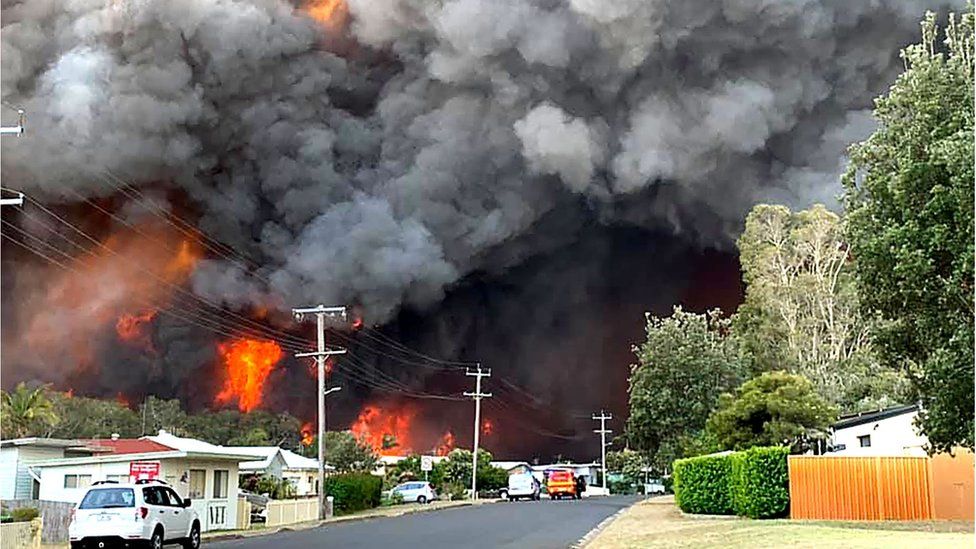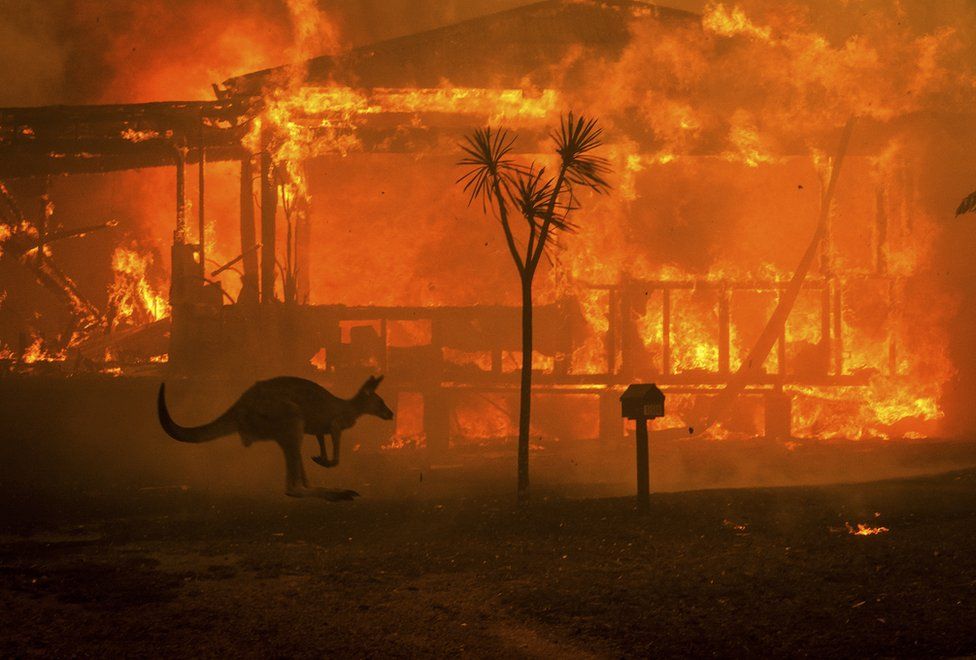Browsing the Demands: Your Guide to Obtaining a BAL Report
Browsing the Demands: Your Guide to Obtaining a BAL Report
Blog Article
The Relevance of Bushfire Administration in Fire Protection
In the realm of fire security, the significance of efficient bushfire monitoring can not be understated. As neighborhoods globally come to grips with boosting circumstances of wildfires, the aggressive technique to avoid and minimizing these all-natural catastrophes via strategic bushfire management strategies has emerged as a vital component. Past the prompt risk to human life and property, the interplay in between bushfire management and ecological conservation, area involvement, and environment modification poses complicated difficulties that demand thorough remedies.
Significance of Proactive Bushfire Avoidance
Proactive bushfire avoidance approaches are essential in minimizing the devastating effects of wildfires on areas and ecosystems. By taking preventative measures before a bushfire takes place, the risks related to these all-natural calamities can be dramatically minimized. One essential aspect of proactive bushfire avoidance is gas management. This includes minimizing the amount of flammable product, such as dead plants and completely dry leaves, that can function as gas for fires. Gas monitoring techniques consist of suggested burns, where regulated fires are purposely lit to lower the build-up of combustible material.
Furthermore, producing firebreaks - cleared areas where plant life is purposefully eliminated to develop an obstacle to quit the progress or slow of a bushfire - is another crucial aggressive procedure. By applying these techniques, the spread of wildfires can be limited, securing both human lives and the environment. Additionally, enlightening the general public on fire safety methods and promoting community understanding about the significance of bushfire prevention are crucial components of positive strategies. Ultimately, aggressive bushfire prevention plays a considerable duty in securing areas and ecological communities from the destructive impacts of wildfires.
Role of Neighborhood Engagement in Fire Defense
Involving the community in fire defense efforts is integral to improving the effectiveness of proactive bushfire prevention techniques. Community involvement plays a vital role in promoting a collective understanding of the dangers positioned by bushfires and the relevance of readiness procedures. By entailing local citizens, authorities can distribute crucial information on fire safety methods, emptying treatments, and early caution systems, equipping individuals to take positive steps to guard their lives and buildings.
By cultivating a society of readiness and cooperation, areas can strengthen their ability to respond successfully to bushfire emergencies, reducing the impact on homes and lives. Ultimately, area involvement is a keystone of comprehensive fire defense techniques, emphasizing the relevance of collective action in securing prone areas from the hazard of bushfires.
Importance of Wild Animals Preservation in Bushfire Monitoring
Conservation of wild animals plays an important duty in efficient bushfire administration strategies, ensuring the defense of diverse ecological communities and biodiversity in fire-prone areas. Wildlife preservation is vital as it adds to the total durability of ecosystems, assisting in their capability to withstand and recoup from the influence of bushfires. By saving habitats and safeguarding different types, the natural balance within these ecological communities is preserved, which is crucial for their long-term health and sustainability.
In addition, wild animals conservation also aids in minimizing the danger and intensity of bushfires. Healthy ecological communities with well-preserved wild animals populations can function as all-natural firebreaks, reducing the spread of fires and limiting their destructive capacity (BMP). Particular animal varieties, like tunneling pets or birds that spread out seeds, play special functions in avoiding fires or aiding in the post-fire regrowth of habitats
Including Recommended Site wildlife preservation into bushfire monitoring approaches is not only necessary for guarding biodiversity however also for advertising the overall health and resilience of ecosystems despite enhancing fire dangers.
Advantages of Strategic Fuel Reduction Programs
Purposefully applying fuel reduction programs is crucial in alleviating the risk and effect of bushfires in fire-prone areas. These programs entail controlled burning, mechanical clearing, and other techniques to decrease the quantity of flammable plants available to sustain wildfires. By purposefully lowering gas tons in vital areas, such as close to residential areas or important facilities, the strength and spread of bushfires can be substantially lowered.
Among the main benefits of fuel reduction programs is the improvement of general fire resilience in an ecosystem. By creating strategic fuel breaks and reducing the continuity of plants, these programs assist to disrupt the course of a bushfire, making it much easier for firefighters to consist of and snuff out the blaze. In addition, fuel decrease programs can safeguard biodiversity by protecting against excessively intense fires that can ravage habitats and intimidate wild animals populaces.
Moreover, these programs can additionally protect human lives and residential or commercial property by decreasing the risk of disastrous fires that present a substantial risk to neighborhoods. Inevitably, strategic fuel decrease programs play a vital role in positive bushfire management and cultivating a safer atmosphere for both individuals and nature.
Influence of Climate Adjustment on Bushfire Risk

Higher temperatures lead to drier greenery, making it extra susceptible to ignition. Reduced rains in particular areas prolongs dry spell conditions, better increasing the flammability of the landscape. Furthermore, the altering climate has actually modified wind patterns and climatic problems, bring about even more irregular fire behavior and fast fire spread.
As the environment remains to transform, the regularity and strength of bushfires are expected to rise, demanding a positive and flexible strategy to bushfire management. Approaches have to advance to represent the transforming danger landscape, incorporating environment projections and taking into consideration long-lasting durability in fire management planning. Dealing with the impact of environment modification on bushfire threat is important in establishing reliable techniques to safeguard lives, residential property, and the environment.
Final Thought
Finally, positive bushfire avoidance, neighborhood engagement, wild animals conservation, strategic fuel decrease programs, and consideration of climate modification are critical components in effective fire security. By implementing these strategies, we can better take care of bushfire dangers and secure both human lives and the setting. Bushfire Risk. It is essential that stakeholders interact to focus on these steps to minimize the terrible influence of bushfires on ecosystems and neighborhoods

As the environment proceeds to alter, the frequency and strength of bushfires are expected to climb, necessitating a flexible and aggressive have a peek at this website approach to bushfire administration.In verdict, aggressive bushfire avoidance, neighborhood engagement, wild animals conservation, calculated gas reduction programs, and factor to consider of environment adjustment are important components in efficient fire protection.
Report this page